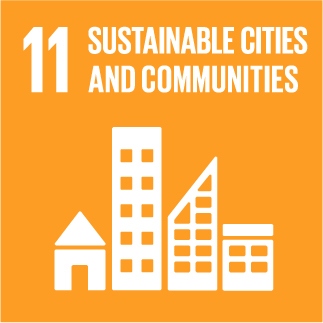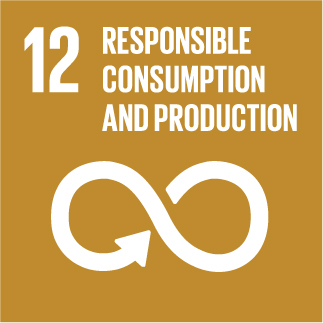URBANREC
Distillery Stillage: Characteristics, Treatment, and Valorization
Distilleries are among the most polluting industries because ethanol fermentation results in the discharge of large quantities of high-strength liquid effluents with high concentrations of organic matter and nitrogen compounds, low pH, high temperature, dark brown color, and high salinity. The most common method of managing this wastewater (distillery stillage) is to use it for soil conditioning, but this requires thickening the wastewater and may cause soil pollution due to its high nitrogen content. Therefore, treatment of distillery stillage is preferable. This review discusses individual biological and physico-chemical treatment methods and combined technologies. In addition, special attention is paid to valorization of distillery stillage, which is a valuable source of polysaccharides and volatile fatty acids (VFAs), as well as natural antioxidants, including polyphenols and other bioactive compounds of interest to the pharmaceutical, cosmetic, and food industries. New directions in improvement of valorization technologies are highlighted, including the search for new eutectic solvents for extracting these compounds. Such technologies are essential for sustainable development, which requires the use of management and valorization strategies for recovery of valuable compounds with minimal disposal of waste streams.

» More Information

This project has received funding from the European Union's Horizon 2020 research and innovation program under grant agreement Nº 690103




URBANREC Guidelines by URBANREC Consortium is licensed under a Creative Commons Reconocimiento-NonComercial-NoDerivatives 4.0 Internacional License.
Puede hallar permisos más allá de los concedidos con esta licencia en www.aimplas.net
